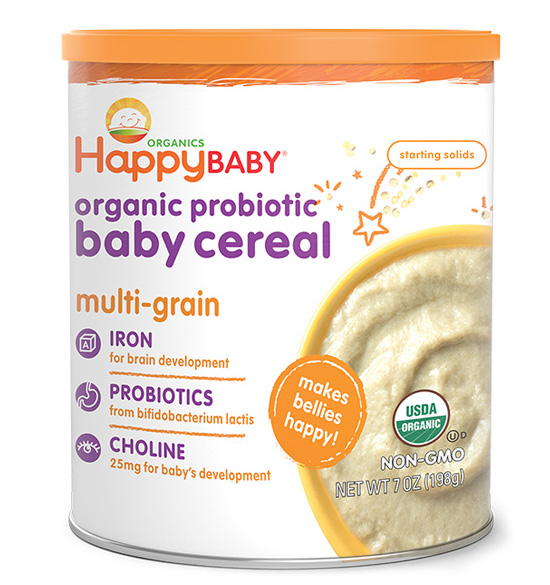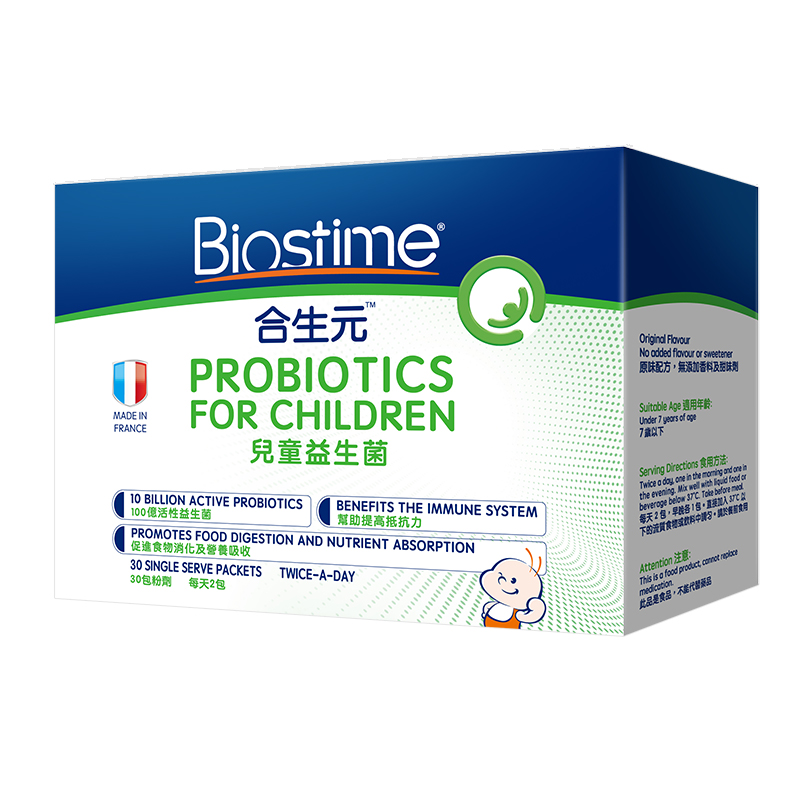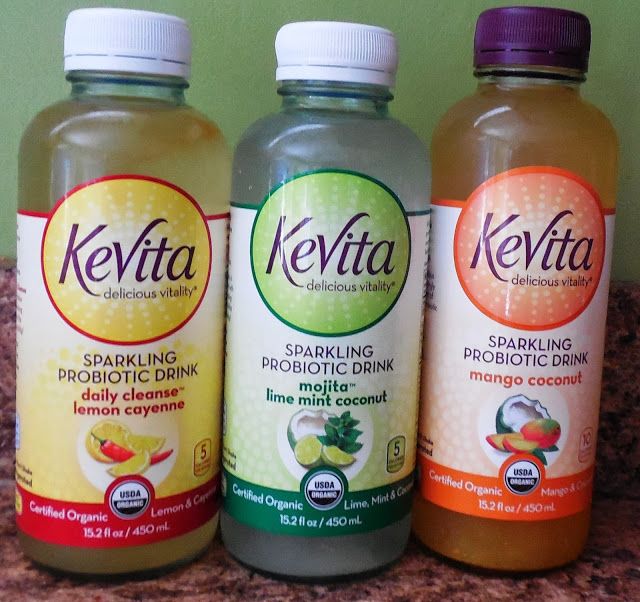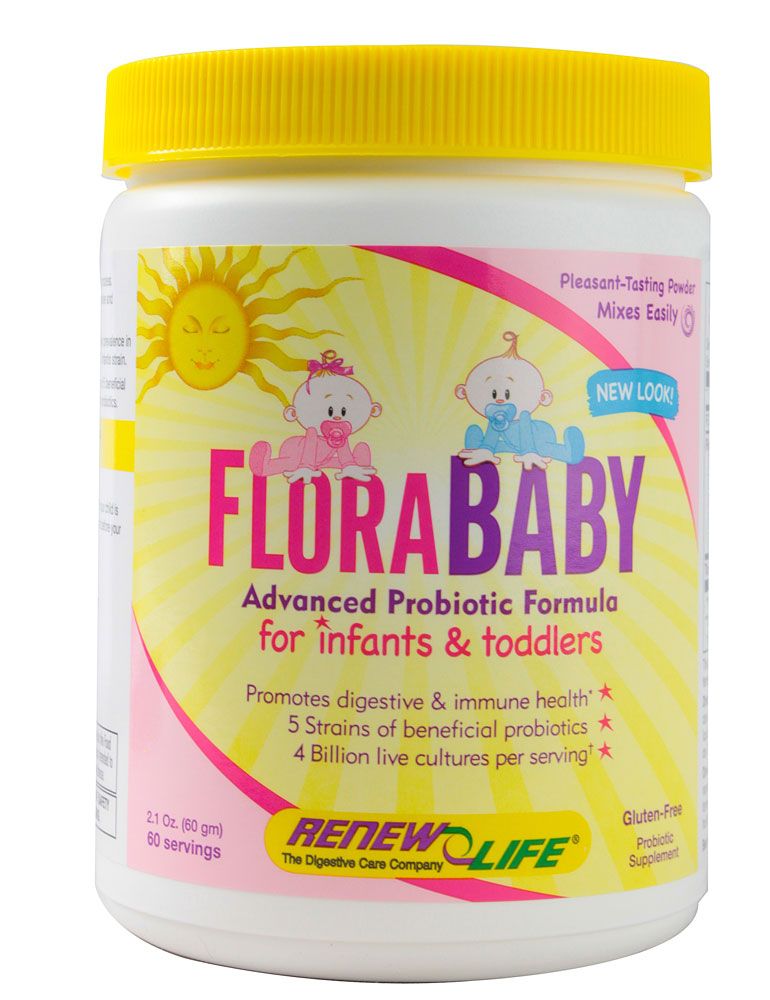Probiotic foods for baby
Probiotic Foods for Kids: 6 Easy, Healthy Options
Learn about the benefits of probiotic foods for kids and where you can easily find them.
You’ve heard the phrase: Your health is your wealth.
Well, if your health is your wealth, your gut health is priceless.
I should know.
A few years ago, I made a business trip to another country. During my stay, I acquired a parasite. (sad face)
I became very sick and needed nearly a month of treatment with strong antibiotics to get rid of the parasite.
After that, it took months to heal and re-build the healthy gut I once had.
What is Gut Health?
We all have a digestive system. It helps our bodies digest the food we eat so we can absorb the nutrients from food.
Within our gastrointestinal tract, or gut, live trillions of bacteria.
Scientists call this our gut microbiome, which refers to the microsystem or environment contained within our digestive tracts.
Exciting and emerging research teaches us that our microbiome may be responsible for much more than food digestion.
From happy, hopeful mood states to a robust immunity, we’re learning that a healthy gut microbiome is key to our health.
We Want a Diverse Microbiome
Of course, when you have trillions of bacteria in your gut, some of them are going to be helpful, and some not so much.
The balance of good and bad bacteria in the gut influence your health.
While research has targeted the connection between gut health and obesity, brain function, immunity and more, probiotics and fermented foods are a common recommendation for helping the gut microbiome stay balanced and healthy.
Probiotics are “live microorganisms that, when administered in adequate amounts, confer a health benefit on the host,” according to a consensus panel from the Food and Agriculture Organization of the United Nations and World Health Organization (FAO/WHO).
Research on probiotics in children have suggested the following potential benefits of probiotics:
- Reduces inflammation of the gut in premature infants, and possibly prevents necrotizing enterocolitis (NEC)
- Increases the good bacteria in the microbiome of healthy, breastfed infants
- Prevents diarrhea in children taking antibiotics
- Reduces crying in babies with colic
- Reduces likelihood and symptoms of eczema
- Prevents respiratory tract infections in day care and preschool
- Reduces symptoms of irritable bowel syndrome, or IBS (studies are from adult subjects, yet medical practitioners are applying these findings to children)
While many studies on probiotics and gut health have been done, these studies highlight specific strains of probiotics.
Experts warn that long term benefits and effects of probiotics on health are still unknown.
Additionally, probiotic content varies from brand to brand in that they contain different strains of probiotics and combinations of them.
Each strain of probiotic has a different effect on the gut, depending on the individual’s gut microbiome.
Food with Probiotics
Fermented foods contain live microbes and may confer a beneficial effect on the gut.
For example, fermented dairy products have been associated with a reduction in Type 2 diabetes in adults.
Yet, experts point out that it can be difficult to tease out whether health effects come from live microorganisms or the nutritional quality of the food itself.
The bottom line: Foods with probiotic containing living cultures can add beneficial bacteria to the gut so your child can reap the health benefits.
Probiotic Foods for Kids
In my work with kids, gut health comes up a lot. Parents are curious about whether they should start a probiotic, or not.
Parents are curious about whether they should start a probiotic, or not.
Generally, if a child is healthy or has gut issues like constipation or lactose-intolerance, I like to see families increase their consumption of fermented foods.
6 Foods to Introduce to Kids
You might recognize yogurt as a source of live and active cultures, yet, you might not realize there are several other fermented foods from which to choose.
The six I list here are kid-friendly fermented foods with which your child may enjoy.
1. Yogurt (with Live Cultures)
Made from milk that has been fermented with bacteria, yogurt has been shown to help with diarrhea and irritable bowel syndrome in children.
Not all yogurt is equal, though. Some yogurts have live cultures, which means there are active probiotic strains within the yogurt.
In other yogurts, the cultures have been killed during processing.
Tip: Choose yogurts with live or active cultures.
Here’s a guide for choosing the best yogurt for your child.
2. Kefir
Kefir is a fermented milk drink made by adding kefir grains to cow’s milk or goat’s milk.
Personally, it’s one of my favorites and I’ve had great success introducing this option to kids, even picky eaters!
Even though kefir can have a sour flavor, many brands offer flavored versions like mango, strawberry and blueberry.
More potent than yogurt, kefir hosts a wide variety of gut-friendly probiotic strains. It’s also well-tolerated by people with lactose intolerance.
Tip: Offer a few ounces in the morning with breakfast.
3. Pickles
Pucker up! Pickles may be fermented in a solution of salt and water, or in a vinegar solution.
Cucumbers pickled with salt and water ferment over time. Coupled with the naturally present lactic acid in cucumber, this produces active cultures and a sour flavor.
Pickles made with vinegar are not a source of live and active cultures.
Tip: If you’ve never tried pickling cucumbers in salt and water, give it a whirl!
4.
 Buttermilk
ButtermilkButtermilk may contain live, active cultures, however, the buttermilk products available in the grocery store may not contain live, active cultures due to processing.
Always check the label for evidence of cultures. Cultured buttermilk can be made at home and is started with live, active cultures added to fresh milk or cream.
The buttermilk is allowed to ferment, producing a cultured buttermilk. Cultured buttermilk can be an addition to baked goods like biscuits and to make delicious pancakes.
5. Cheese
Most cheeses are fermented, but only some cheeses are a source of live cultures. You can find them by looking for a label that states “with live and active cultures.”
Gouda, mozzarella, and cheddar cheese are examples that may contain living cultures.
6. Tempeh
Tempeh is a high protein meat substitute made from fermented soybeans. Fermentation lowers the phytic acid in beans, making nutrients like iron and zinc more available to the body for absorption.
The process of fermentation also causes the production of vitamin B12, which is not typically present in beans, making tempeh a nutritious meat alternative for vegetarians.
More Fermented Foods
Other fermented food sources can be found in the refrigerator!
Look for sauerkraut, kombucha, miso, natto, and kimchi.
And, of course, go ahead and try these with your child too!
I want to know…which are your favorite fermented foods?
Need More Help with Feeding Kids?
Check out the on demand library, programs and books at The Nourished Child.
Probiotic Foods for Kids - Weelicious
Are you looking for probiotic foods for kids? They’re essential for gut health and easier to get than you may know.
PinThe first question you may ask is, “what are probiotics?” The word itself sounds like a little creature, and that’s actually partly true. Probiotics are live microorganisms that have tons of health benefits for your body and brain when you eat them.
These microorganisms are naturally present in your digestive tract and help aid in your digestions and can even reduce inflammation in your gut. Our first reaction may be to avoid bacteria. While that may be smart in certain cases, some bacteria, like probiotics, can actually promote better health!
Why are probiotic foods for kids important? There are tons of health benefits including improved digestion, better immune function, healthier skin, reduced risk for some diseases and even weight loss.
It may feel daunting to try to get your child to eat some of these foods, but they’re all surprisingly kid friendly. Many can have a salty or intense flavor which I have seen kids immediately open up to from the very first bite, so give your child a chance even if they have never tried one of them before.
When children’s bodies are developing and trying new foods on a weekly basis, it’s important to be eating plenty of probiotics. The question many people ask is how do you get them into kid’s through their diet and what are the best foods to eat. Here’s my list of probiotic foods for kids that may or may not already be on their list of favorite foods.
Here’s my list of probiotic foods for kids that may or may not already be on their list of favorite foods.
1. Yogurt: this creamy treat is loaded with friendly bacteria which may reduce inflammation and help kids taking antibiotics. It’s important to enjoy yogurt with live cultures and to avoid yogurt which includes added sugar.
2. Kimchi: this sometimes spicy Korean side dish is truly addictive (says one of my kids). Often made with cabbage and a few other vegetables it contains a lactic acid bacteria that helps promote digestion.
3. Sauerkraut: not only is it rich in fiber and made from lactic acid bacteria, but it’s also one of the most tasty probiotic foods for kids.
4. Kefir: it contains several strains of friendly bacteria and is considered a better source of bacteria than yogurt. We add it into smoothies and drink it on it’s own.
5. Tempeh: it’s a fermented soy bean food with a nutty earthy taste. We love cutting it into cubes to add to a lunch box, sautéing or air frying it.
6. Kombucha: one of our favorite fermented tea drinks that comes in a variety of flavors. It does contain low levels if caffeine and alcohol, so you don’t want to give your child more than a few ounces at a time.
7. Miso: this fermented soy bean paste is unbelievably delicious in fish recipes, in a stir fry and especially in a big bowl of miso soup at a Japanese restaurant.
8. Pickles: they’re a great source of healthy probiotic bacteria that may improve digestion. Pickles also happen to be one of my kids favorite foods.
9. Probiotic powder or capsules: probiotic powders can easily be added to smoothies or other drinks. Try two of my favorites probiotic powders here and here!
What are some of your probiotic foods? Let me know in the comments below!
Published August 4, 2022 by Catherine McCord
Categorized in Tips
About the Author
Catherine is a mama of three. A Kentucky girl living in California. Here’s what I know: all kids can be great eaters and mealtime must be easy. I create simple, healthy recipes the whole family will love.
I create simple, healthy recipes the whole family will love.
Nutrition for children: probiotics + prebiotics
Functional nutrition is nutrition that includes products containing pro- and prebiotics.
Probiotics (bifidobacteria, lactobacilli) are representatives of the normal intestinal microflora, live bacteria that have a beneficial effect on the child's body, forming a complete barrier of the intestinal mucosa. This barrier prevents pathogens from attaching to the mucosa, stimulates the body's defenses and improves the balance of the intestinal microflora. nine0005
Probiotics can influence the suppression of the growth of opportunistic flora, the development of diarrhea (loose stools) and candidiasis (fungal infection) of the gastrointestinal tract, the synthesis of vitamins, the absorption of minerals, especially calcium, the reduction of symptoms of lactase deficiency, as well as the increase in the frequency of stools and reducing the risk of constipation. Introduced with food, probiotics have a positive effect on the course of food allergies and intestinal diseases in children. However, increasing importance is attached to the influence of probiotics on the immune system. nine0005
Introduced with food, probiotics have a positive effect on the course of food allergies and intestinal diseases in children. However, increasing importance is attached to the influence of probiotics on the immune system. nine0005
Prebiotics are non-digestible food ingredients that stimulate the growth and/or activity of certain strains of bacteria in the colon. These include breast milk oligosaccharides, inulin and its hydrolysis products - fructooligosaccharides (FOS), as well as galactooligosaccharides (GOS).
The gut is the body's first line of defense against "bad" bacteria. The protective function of the intestine is provided by the dominant position of bifidobacteria, especially in children of the first year of life. A baby with mother's milk receives substances (oligosaccharides) that promote the growth of bifidobacteria. From this moment, the development of his immune system begins. Live intestinal bacteria develop, activate, train the baby's immunity. A decrease in the number of bacteria in the intestines can disrupt the development of the immune system, contribute to the occurrence of allergic conditions. nine0005
A decrease in the number of bacteria in the intestines can disrupt the development of the immune system, contribute to the occurrence of allergic conditions. nine0005
The period of introduction of complementary foods is accompanied by a decrease in the number of bifidobacteria in the intestines of the infant, as the volume of breast milk decreases. The diet includes a variety of foods that promote the growth of other bacteria. Therefore, when it comes time to introduce complementary foods, it is best that your baby gets bifidobacteria every day. This will help maintain a healthy microflora and thereby strengthen the child's immune system. Bifidobacteria from complementary foods (cereals) and mixtures, passing through the gastrointestinal tract of the child and not lingering in it, contribute to the growth of their own bacteria. Bifidobacteria, which are added to foods (probiotics), mimic the action of your own beneficial bacteria in the intestines of the child. That is why foods for children are fortified with probiotics. nine0005
nine0005
But in order to saturate your body with useful live bacteria, you do not always need to take pills and other medicines. Many of the bacteria are found in food, which must be included in your daily diet. Dairy products (cheese, kefir, cottage cheese, buttermilk, etc.) are sources of probiotics. reduction in the frequency of constipation, normalization of metabolic processes in the intestinal lumen. nine0005
The prebiotic inulin is found in plants (garlic, Jerusalem artichoke, etc.), but its main source for industrial needs is chicory. Prebiotic properties have dietary fiber contained in vegetables, fruits, bran, cereals, oats, onions, corn, potatoes, bananas, pasta.
When buying food for your baby, parents, pay attention to the presence of pro- and prebiotics in them.
We, adults, by establishing the “rules of nutrition”, are already shaping the future health of our children. nine0005
Marina V. Chernyaeva, pediatric gastroenterologist
Should I give my child pro- and prebiotics?
Mandatory use of probiotic preparations is required only after completion of a course of antibiotics.
The article was prepared by pediatrician Yulia Aleksandrovna Ermolaeva
Breastfed (or properly formulated) babies get the right dose of probiotics and prebiotics with every meal - the microflora in their intestines is stable and “correct”. With the introduction of complementary foods and weaning, however, the situation may change. It all depends on the diet of the child and some individual characteristics. Does this mean that changes in diet automatically lead to poor digestion? No, of course not.
A fair question arises - why then are they appointed? And indeed, from everywhere a stream of information “flows” onto parents that it is imperative to increase bifidobacteria and lactobacilli through a variety of drugs. Mild stool disorder, indigestion and colic? Rather, go to the pharmacy for remedies for dysbacteriosis, without consulting a doctor.
We do not argue that self-acceptance of live bacteria cannot harm (except for individual cases of intolerance to one or another group of bacteria), but you should not thoughtlessly buy all useful drugs and fanatically feed package after package to your child. nine0005
nine0005
First, let's understand what are probiotics and prebiotics?
More about live bacteria
Probiotics are microorganisms that improve digestion and metabolic processes, they enrich fermented milk products. Examples: kefir, cheese, cottage cheese, tofu, tempeh, yogurt, pickles, kvass, apple cider vinegar.
Prebiotics are a kind of "food" for probiotics, found in a number of foods (from bread to sauerkraut) with a live component. Examples: apples, pears, plums, cabbage, cereals, garlic, onions, beans, corn, artichokes, soybeans. nine0005
Without the interaction of the above two (in fact, there are more of them, but these are the main ones) types of microorganisms, normal, healthy digestion is impossible. However, with a varied and natural diet (do not lean on processed foods and fast foods - a great idea!) All the necessary enzymes will develop themselves.
Mandatory use of probiotic preparations is required only after completion of a course of antibiotics.











